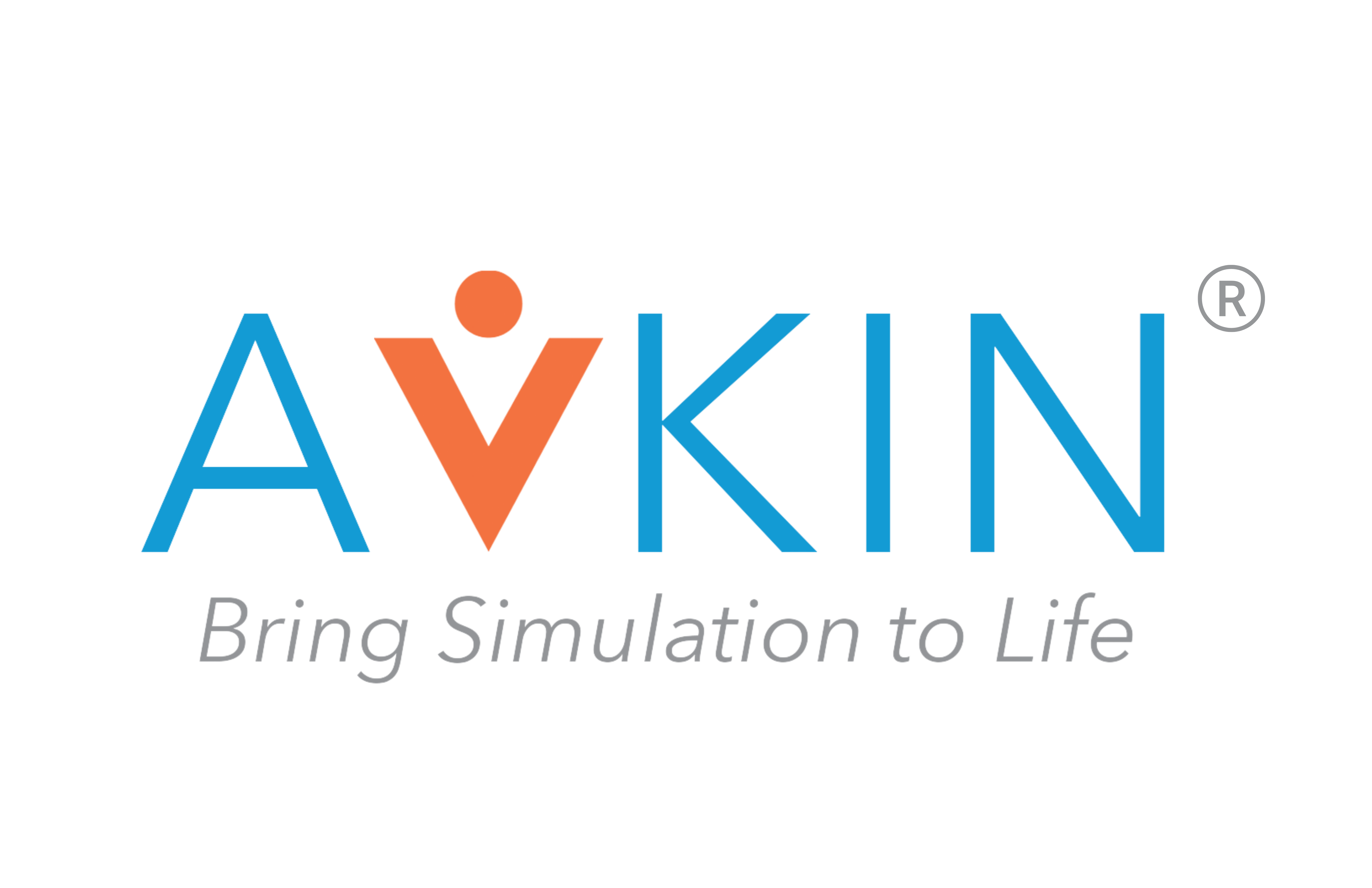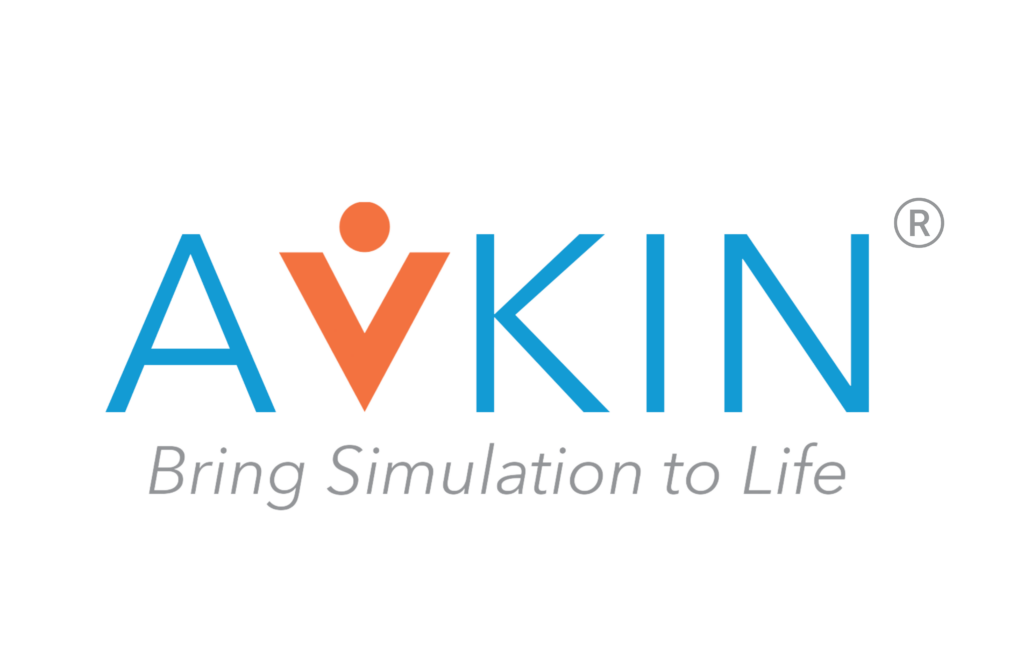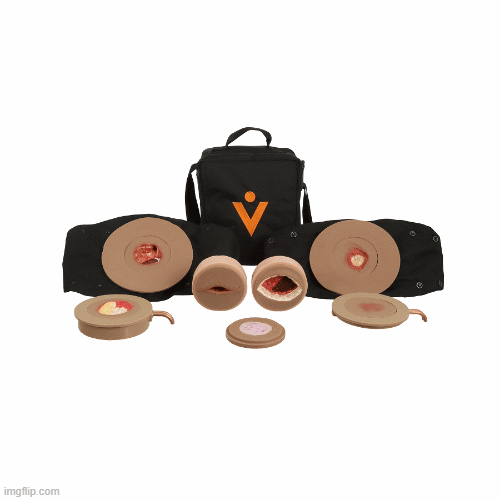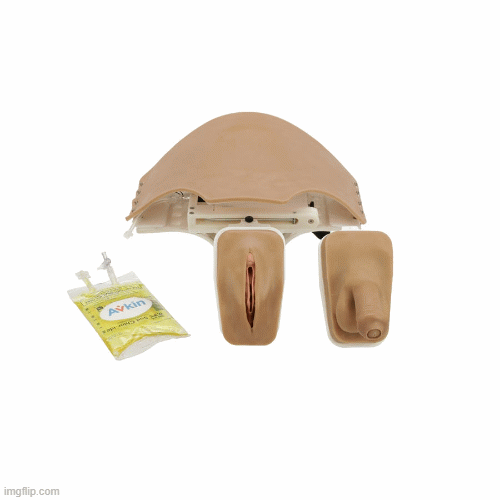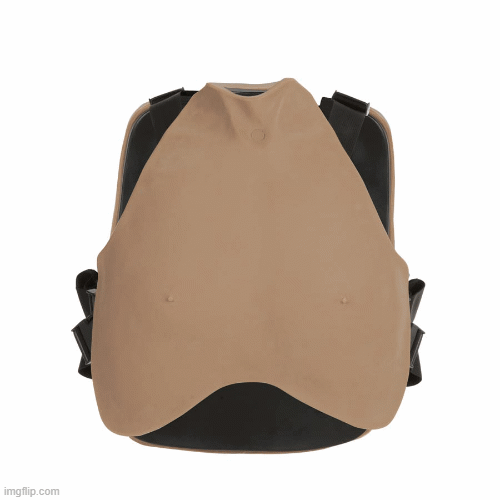In the US, statistics show that minority women, especially black women, are more likely to suffer higher rates of maternal deaths than white women regardless of health/economic disparities. It is urgent that students are ready to join the workforce with a better understanding of cultural competency.Understanding a patient’s cultural practices, beliefs and views on the world is especially important for nurses who work in maternal care. Adding cultural competence to maternal simulations allows essential care practicer healthcare students. According to a Chicago school article on the cultural Competence in Nursing (The Chicago School, 2021), nurses who are successful in giving culturally competent care have (an):
- understanding of the relationship between nurses and patients
- knowledge of various cultural practices and views of the world
- communication skill to promote and achieve interactions among cultures
- positive attitude towards a patients’ differences and various cultures
“According to the Centers for Disease Control and Prevention(CDC), black mothers in the US die at three to four times the rate of white mothers, which is one of the widest of all racial disparities in women’s health” in the United States (Montagne, 2017). In a survey conducted by NPR and their partners, it revealed that 33% of black women said that they personally have been discriminated against because of their race and some black mothers felt that doctors and nurses did not take their pain seriously. The National Public Radio (NPR) article went on to explain that when women experienced any discrimination or disrespect during pregnancy or childbirth, they are more likely to skip the postpartum visits to their doctors to check on their own health (Montagne, 2017). Postpartum checkups are essential in a women’s recovery process after giving birth because that is when doctors can detect postpartum hemorrhage (PPH) or postpartum depression. This is one of many reasons why it is critical that students are able to practice and hone their skills before they get out in a real world environment.
Maternal simulations as we know, allow nursing students the ability to practice and perfect their skill-set in a hands-on way. As Carol Okupnial, DNP, RN-BC, CHSE, at Thomas Jefferson University says:
“Culture plays such a huge role in life and birth is a part of life and we have lots of differences on how people approach the birthing experience within a family and within a culture, so being able to incorporate those cultural differences in a birth experience would be above and beyond just learning about birth but learning about the differences in cultures.“
High-Fidelity simulations that use standardized patients are especially helpful in teaching learners cultural competency because the SP can help set the stage of the scenario with how they dress, speak and look. This allows the students to practice with patients of different backgrounds in a risk free environment (Grossman, 2011).
In a 2011 study, a nursing school in Norway and a nursing school in North America partnered to examine nursing students’ cultural awareness using simulation scenarios (Grossman, 2011). The Norwegian school tailored their scenarios around Muslim and Somali patients and the North American school’s scenairos were tailored around the Muslim and Italian Catholic cultures. This study concluded that, “Simulation technology using scenarios with embedded cultural variables were used and successfully increased perceived cultural awareness scores amongst students that were in this study (Grossman, 2011). The study goes on to say that more testing should be done on this topic but this study does provide insight into the effectiveness of high-fidelity maternal simulations teaching cultural competency to students.
High-Fidelity simulations paired with cultural competency scenarios can go a long way in helping nursing students overcome their natural biases and train them to give personalized care to each patient. So, the next time you are preparing to teach your students about maternal care, be sure to incorporate cultural competency training in all scenarios, it could lead to saving lives.
Learn more about Avbirth
Sources:
Centers for Disease Control and Prevention. (2019, September 6). Racial and ethnic disparities continue in pregnancy-related deaths [Press release]. https://www.cdc gov/media/releases/2019/p0905-racial-ethnic-disparities-pregnancy-deaths.html.
Montagne,Renee.Black Mothers Keep Dying After Giving Birth. Shalon Irving’s story explains Why., NPR.com. December 7, 2017. U.S. Black Mothers Die In Childbirth At Three Times The Rate Of White Mothers : NPR
The Importance of Cultural Competence in Nursing. September 30, 2020. The Chicago School. The Importance of Cultural Competence in Nursing – Insight Digital Magazine (thechicagoschool.edu)
Grossman, S., Mager, D., Opheim, H. M., & Torbjornsen, A. (2011). A bi-national simulation study to improve cultural awareness in nursing students. Clinical Simulation in Nursing, e341–346, http://dx.doi.org/10.1016/j.ecns.2011.01.004.
